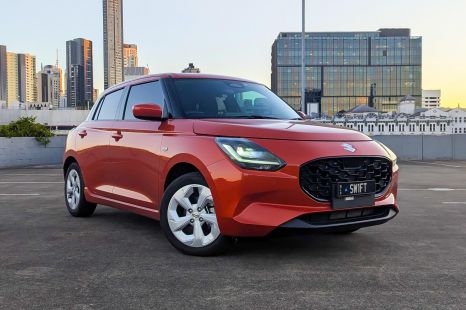

William Stopford
2025 Suzuki Swift Plus review
5 Days Ago
The facelifted Volkswagen ID.3 has been teased ahead of its full debut next year with a tweaked exterior and upgraded interior.

Journalist
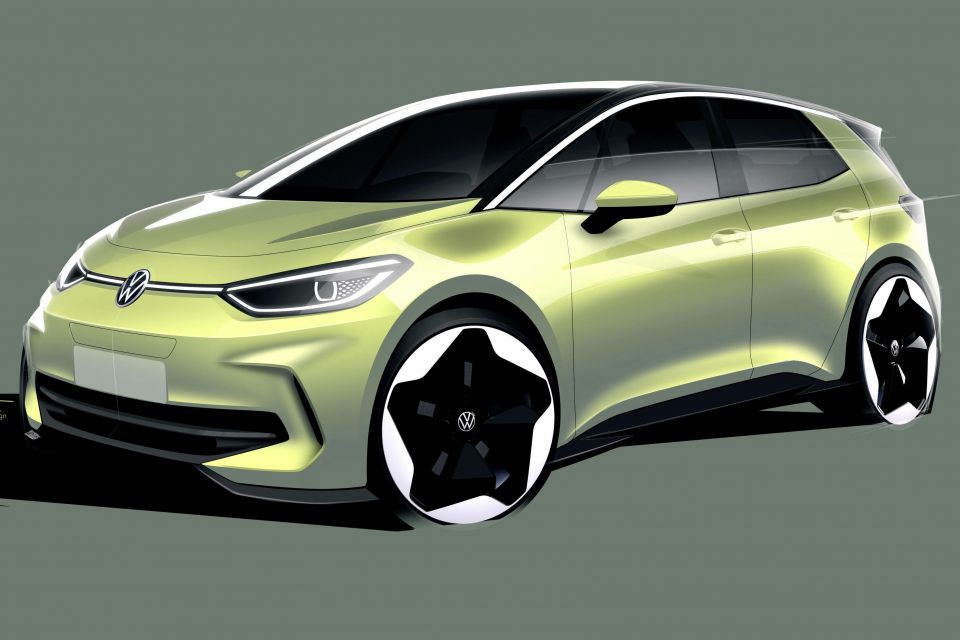

Journalist
The Volkswagen ID.3 facelift promises an improved interior with vegan-friendly finishings when it debuts next year.
Due to the global shortage of semiconductors, the first deliveries of the revised ID.3 aren’t expected to be handed over to European customers until the fourth quarter of 2023.
In September, Volkswagen Australia said the ID.3 won’t go on sale locally until the facelifted model is available, meaning 2024 is the earliest we’ll see the electric hatch in Aussie showrooms.
Volkswagen says it has “listened to its customers and implemented many of their suggestions”, with the facelifted model “taking quality and design to the next level”.
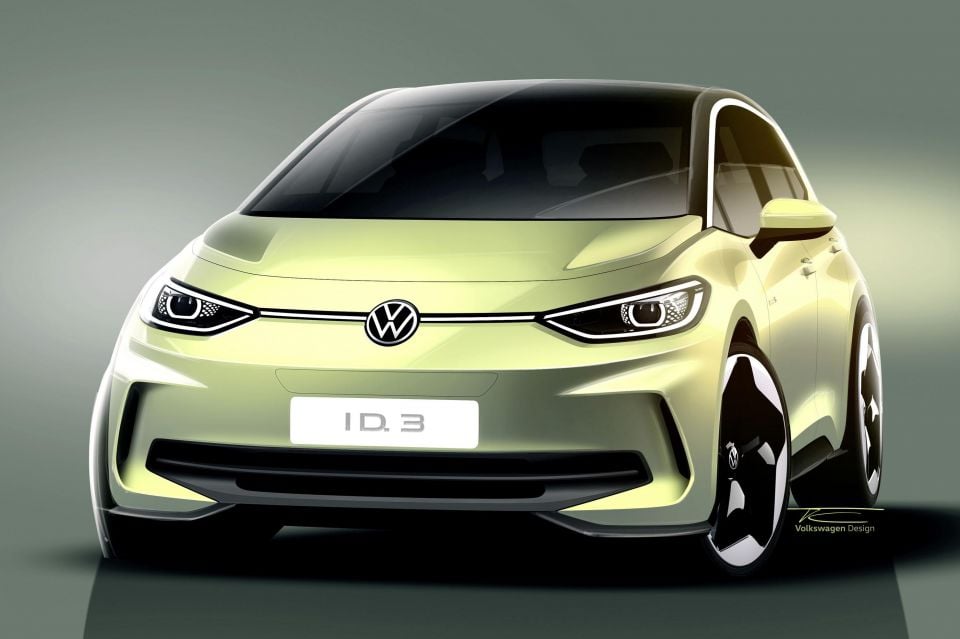
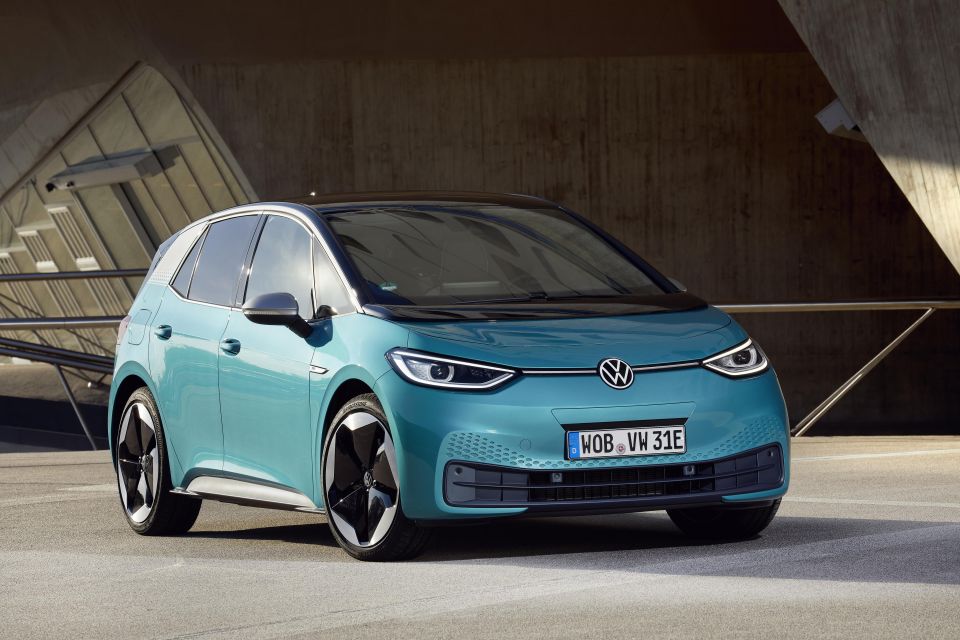
At the front the ID.3 benefits from a sportier looking front bumper, which does away with the current car’s array of dot holes.
The bonnet is also new and stretches all the way to the base of the windscreen, eliminating the unloved piece of black plastic that used to sit there.
Interestingly the headlight graphics look to be largely unchanged.
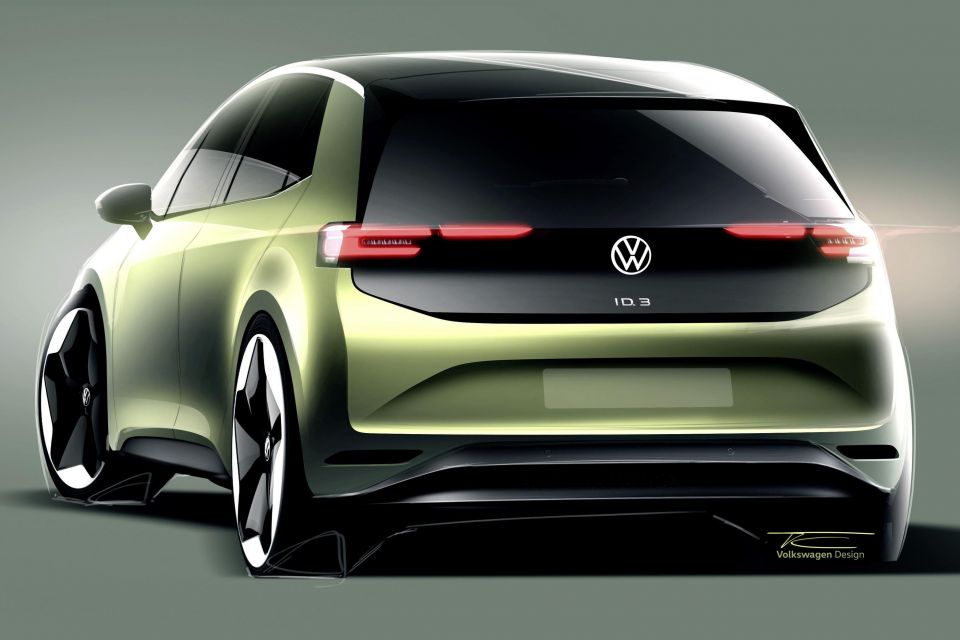
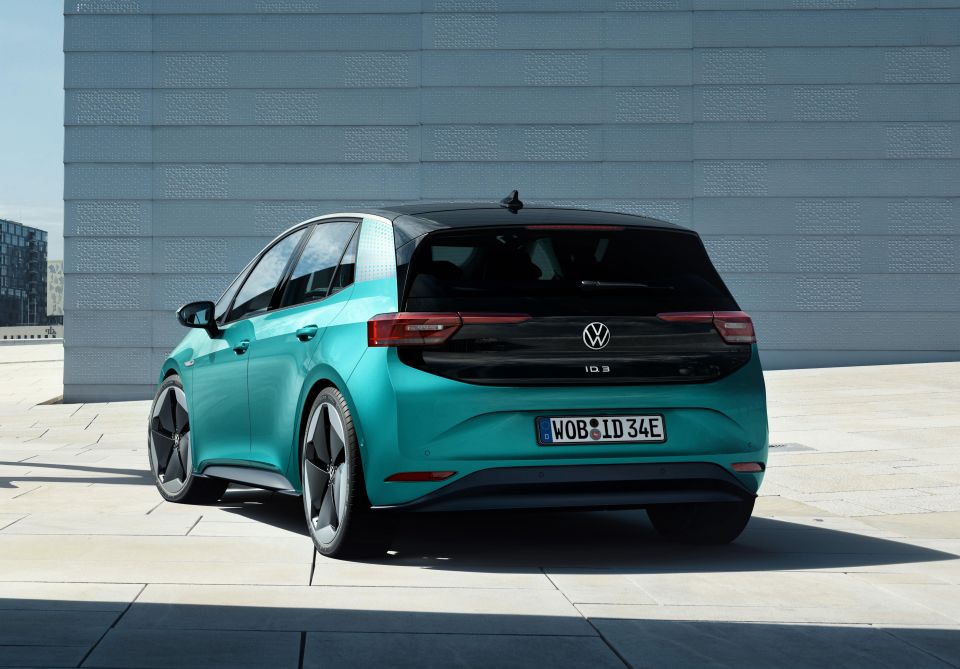
Changes at the rear are more minor, and seem to be limited to revised lighting graphics, as the tail-light section that stretches into the tailgate is no longer just decorative and now contains LED lights.
More substantive alterations have been made inside the car, where the sketches indicate a sleeker look for the dashboard with more soft-touch surfaces and a stitched leather-like finish.
A 12.0-inch touchscreen replaces the current car’s 10.0-inch display, and is standard throughout the range. Underneath the larger screen is a row of capacitive buttons, which are now thankfully illuminated for night time usage.
If the sketches are anything to go by, the steering wheel spokes still have capacitive buttons, even though a prototype of the Golf facelift has a steering wheel with traditional switches.
Volkswagen brand CEO Thomas Schäfer says the company is working hard to improve its infotainment systems after customer complaints. New over-the-air software updates should fix issues with the operating system, but hardware changes will take longer to appear in cars.
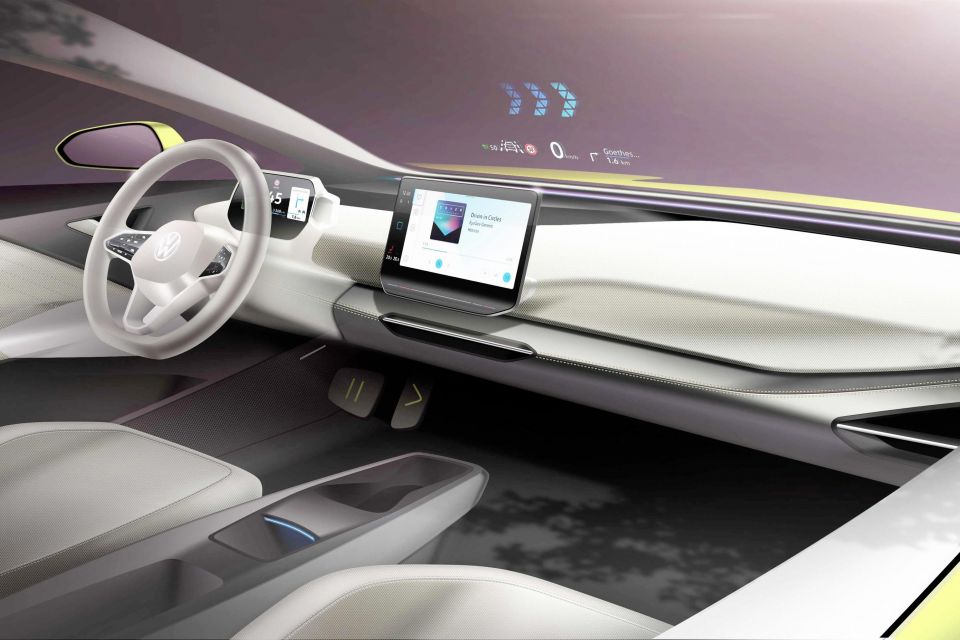
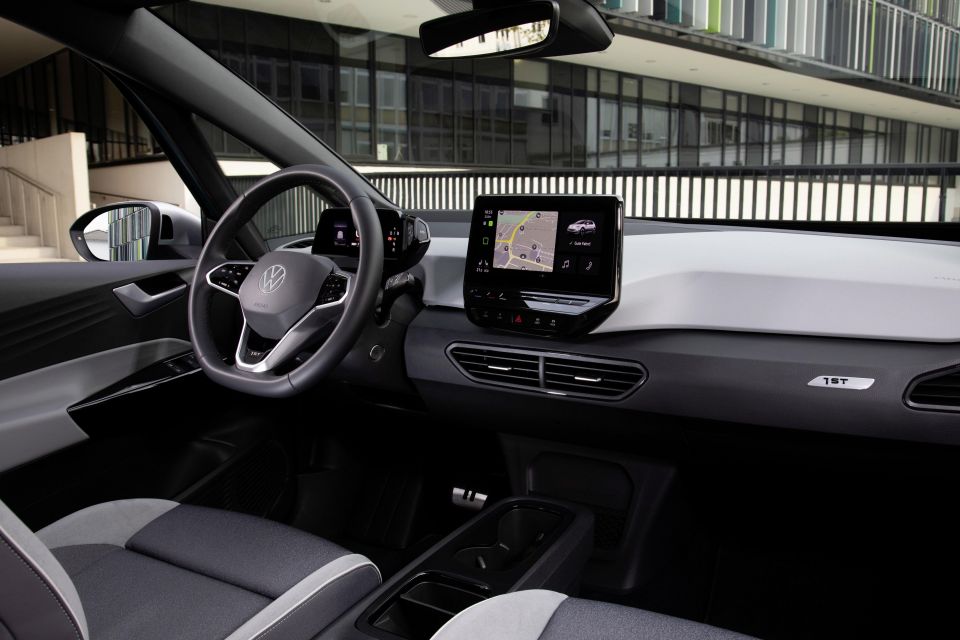
Dual cupholders in the centre console, and a removable floor in the boot have also been made standard on all models, while the ID.3’s leather steering wheel has been replaced an animal-free leather substitute.
Options include a Travel Assist with Swarm Data, a semi-automated driving mode that can keep the car in the centre of its lane while maintaining a safe distance from other vehicles and sticking to the speed limit.
There’s also Park Assist Plus with Memory Function, which is an automated parking mode that can be taught how to park in one’s personal garage or carport.
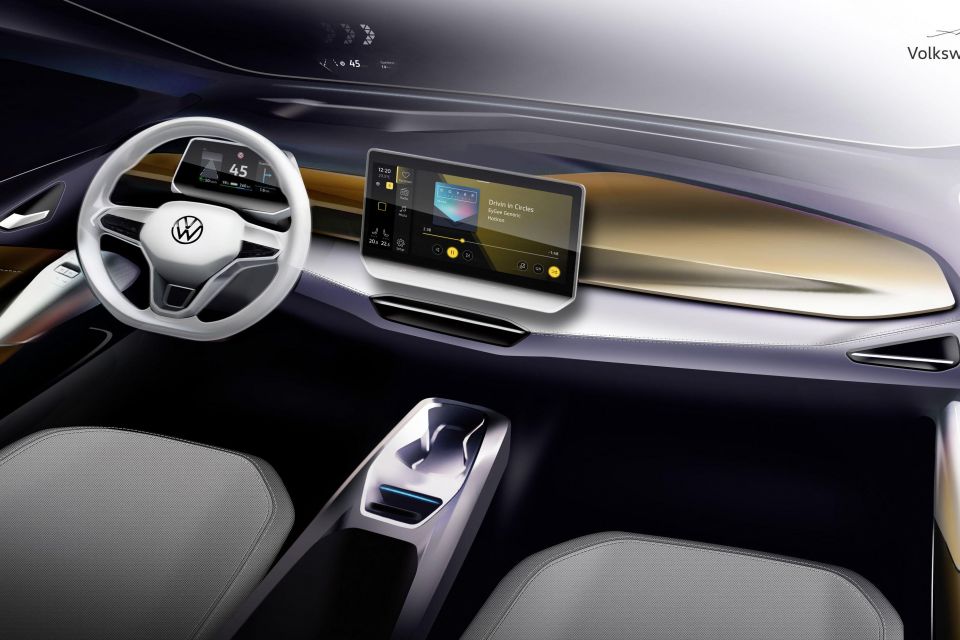
Although all of these changes will likely enhance the ID.3 ownership experience, we’re not sure we’d agree with Volkswagen calling this car the “second-generation ID.3”.
Currently the ID.3 is made in Zwickau and Dresden factories in Germany, as well as Anting, China. When the facelift goes into production, it will also churned out by the company’s plant in Wolfsburg, Germany.
Where expert car reviews meet expert car buying – CarExpert gives you trusted advice, personalised service and real savings on your next new car.
Derek Fung would love to tell you about his multiple degrees, but he's too busy writing up some news right now. In his spare time Derek loves chasing automotive rabbits down the hole. Based in New York, New York, Derek loves to travel and is very much a window not an aisle person.


William Stopford
5 Days Ago


Max Davies
4 Days Ago


Josh Nevett
3 Days Ago


Andrew Maclean
2 Days Ago


Shane O'Donoghue
2 Days Ago
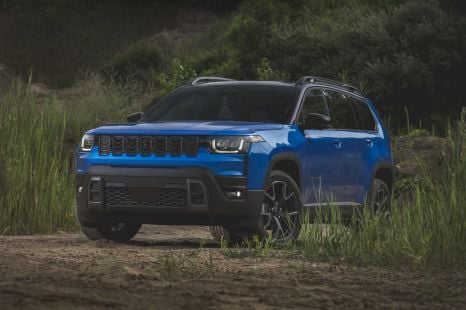

William Stopford
21 Hours Ago